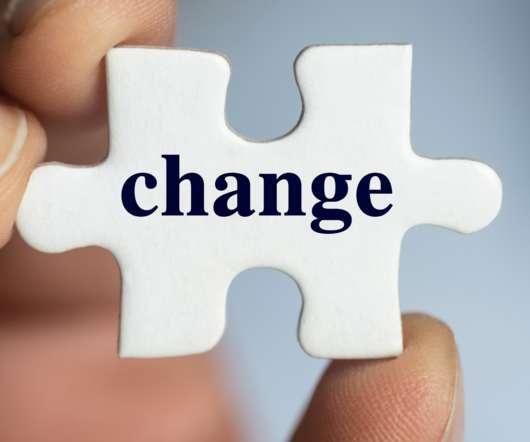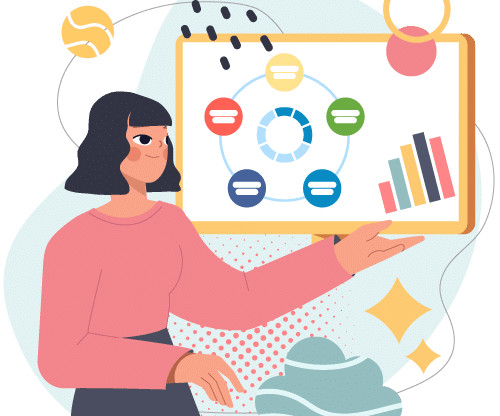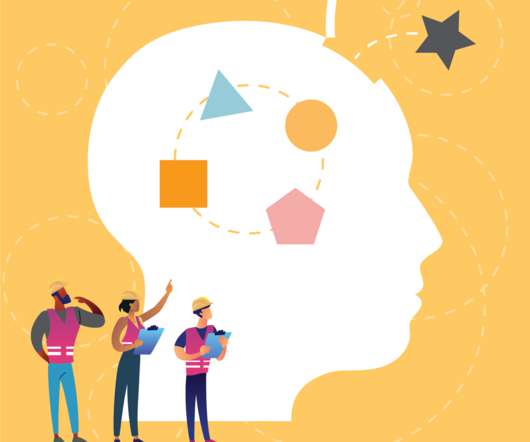Your leaders’ brains were not made for this moment
CLO Magazine
JULY 14, 2023
workplace environment is putting a strain on our brains and affecting our mental well-being. Our brains were not made for this moment Technology has advanced exponentially over the last few decades, and our brains are getting left behind. Take a look at the nature of work, for example.




















Let's personalize your content